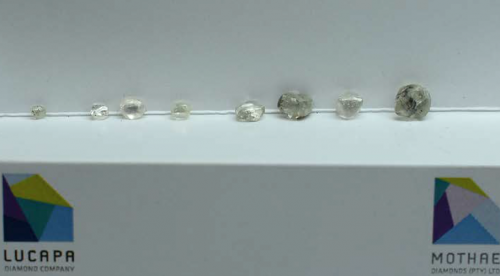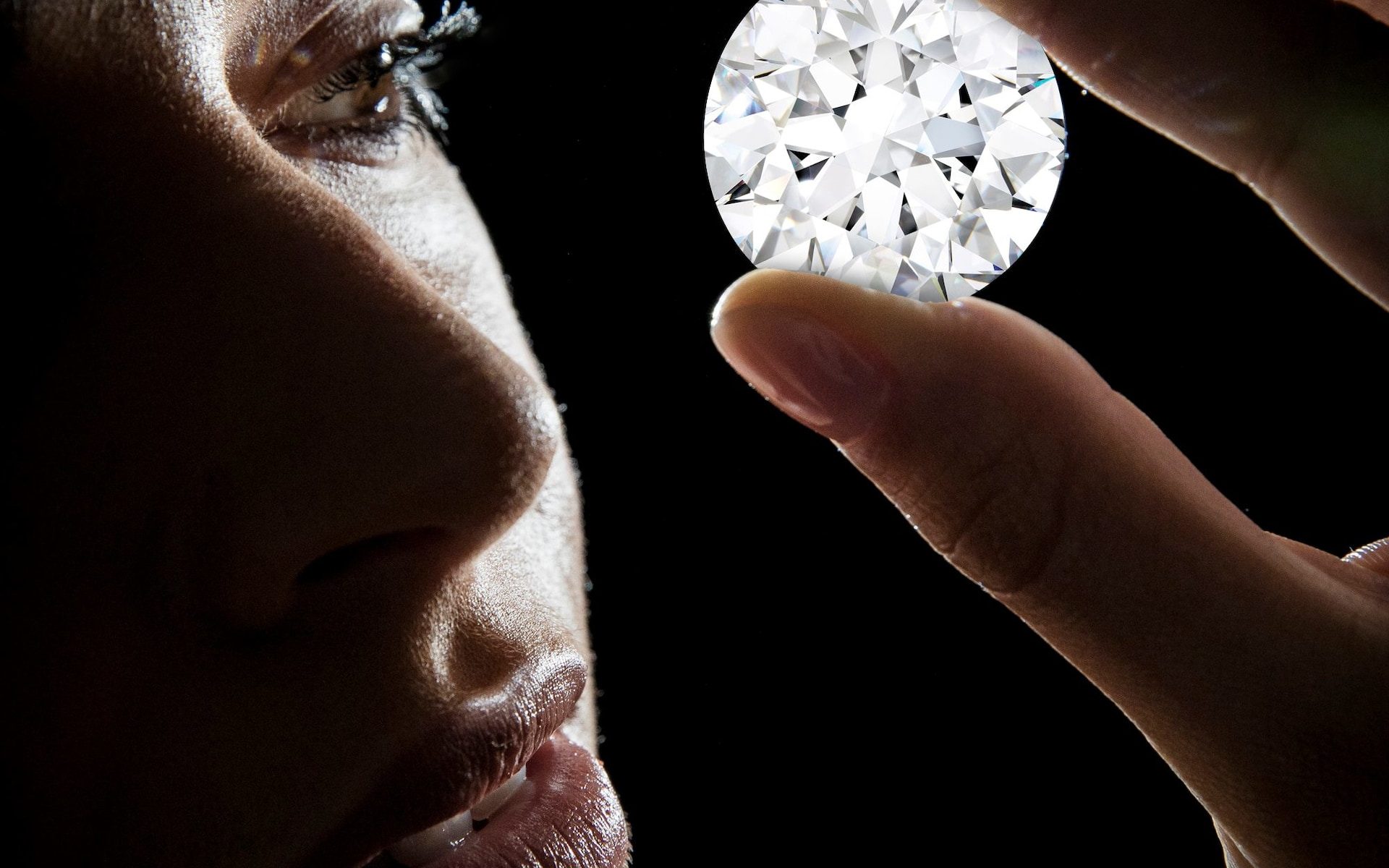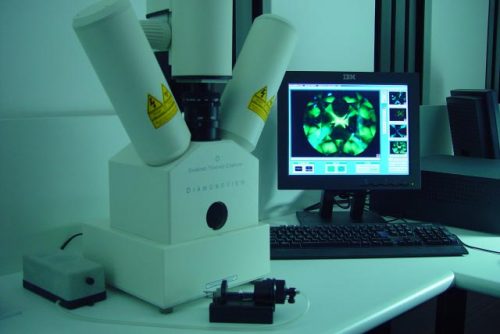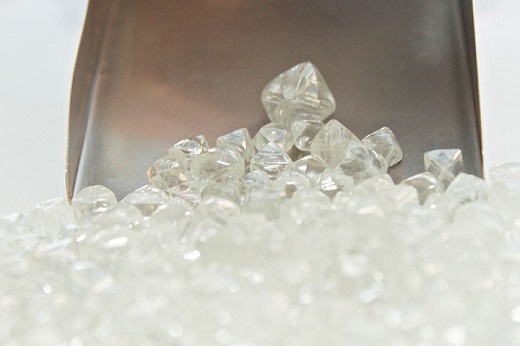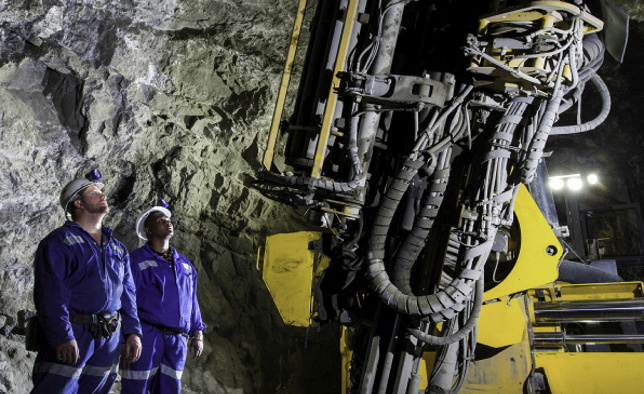Leading groups in the diamond and jewelry sectors have collaborated to publish a universal standard to use when referring to natural diamonds and synthetics.
The Diamond Terminology Guideline is a reference on diamond vocabulary for all sector organizations, traders and retailers to use, nine industry bodies said in a joint statement Tuesday.
The document stipulates that the words “diamond” and “gemstone” imply natural origin. The industry should use “synthetic,” “laboratory-grown” or “laboratory-created,” and should avoid the terms “real,” “genuine” and “authentic,” when describing such man-made products.
“Protecting consumer confidence is of paramount importance to the long-term success of our industry,” World Jewellery Confederation (CIBJO) president Gaetano Cavalieri said. “The Diamond Terminology Guideline is an important tool in achieving this, by helping standardize the terminology used to clearly distinguish between diamonds and synthetic diamonds, in all communications, among ourselves and with our customers.”
The guidelines are based on the ISO Standard 18323 for jewelry and on CIBJO’s diamond Blue Book, which are internationally accepted benchmarks in the field.
The parties that created the document, in addition to CIBJO, are: the Antwerp World Diamond Centre (AWDC), the Diamond Producers Association (DPA), the Gem & Jewellery Export Promotion Council (GJEPC), the Israel Diamond Industry (IDI), the International Diamond Manufacturers Association (IDMA), the US Jewelry Council (USJC), the World Diamond Council (WDC) and the World Federation of Diamond Bourses (WFBD).
Source: diamonds.net
DCLA provides reports for natural origin Diamonds only.
